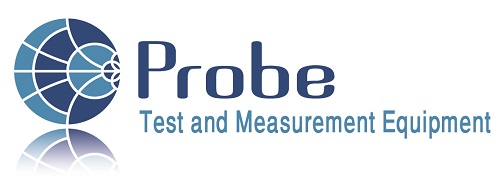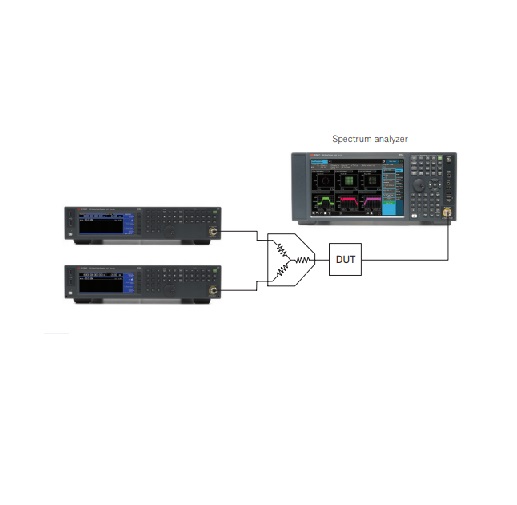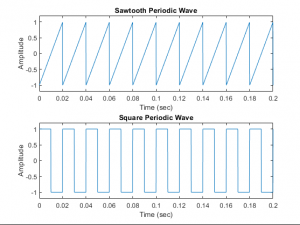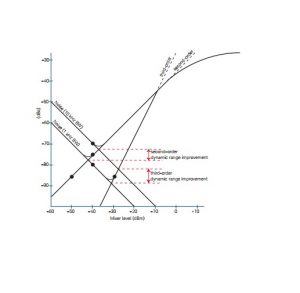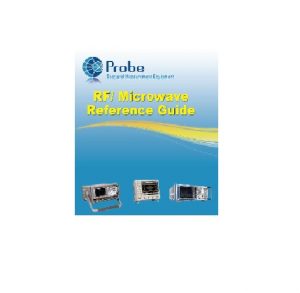Signal sources provide precise, highly stable test signals for a variety of component and system test applications. Signal generators add precision modulation capabilities, and are used to simulate system signals for receiver performance testing. This guide helps you improve theaccuracy of your measurements that involve using RF signal sources. You may increase the accuracy of your data by using more than one of the hints in your test setup
This Application Note was written by Agilent (Copyright). To read the full Application Note used this link Agilent web site
Summary of the hint
HINT 1
Improve Source’s Effective Harmonic Distortion
Use a low pass filter at the output of your source to decrease its harmonic distortion
HINT 2
Increase Power Level Accuracy
Use a power meter to increase the accuracy of the signal level at your device under test (DUT)
HINT 3
Improve Frequency Accuracy
Select the appropriate frequency reference to improve absolute or relative frequency accuracy
HINT 4.
Improve Source Match
Use a fixed attenuator to reduce the mismatch error
HINT 5
Combine Source Outputs for TOI Measurements
Use a proper setup to isolate sources, improve match
HINT 6
Extend the Amplitude Range
Use an amplifier or an attenuator to increase or decrease respectively, the amplitude range of your signal source
HINT 7
Optimizing ACLR for CDMA Receiver Testing
Use the attenuator hold function to optimize for ACLR
HINT 8
Select the Optimum Phase Noise Profile
Choose the appropriate phase noise profile to optimize in-channel or out-of-channel measurements
© Agilent Technologies, Inc. 2012, Published in USA, June 27, 2012, 5988-5677EN
Some material in this appendix is reproduced with permission from Agilent technologies
Reproduced with Permission, Courtesy of Keysight Technologies, Inc
